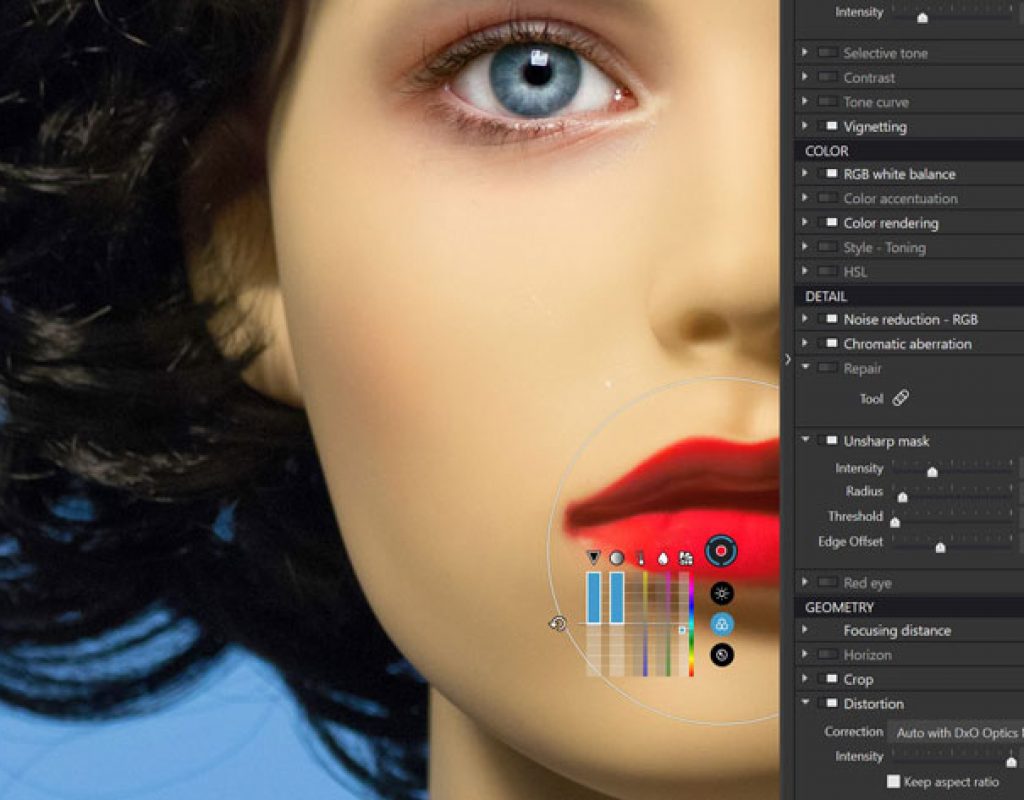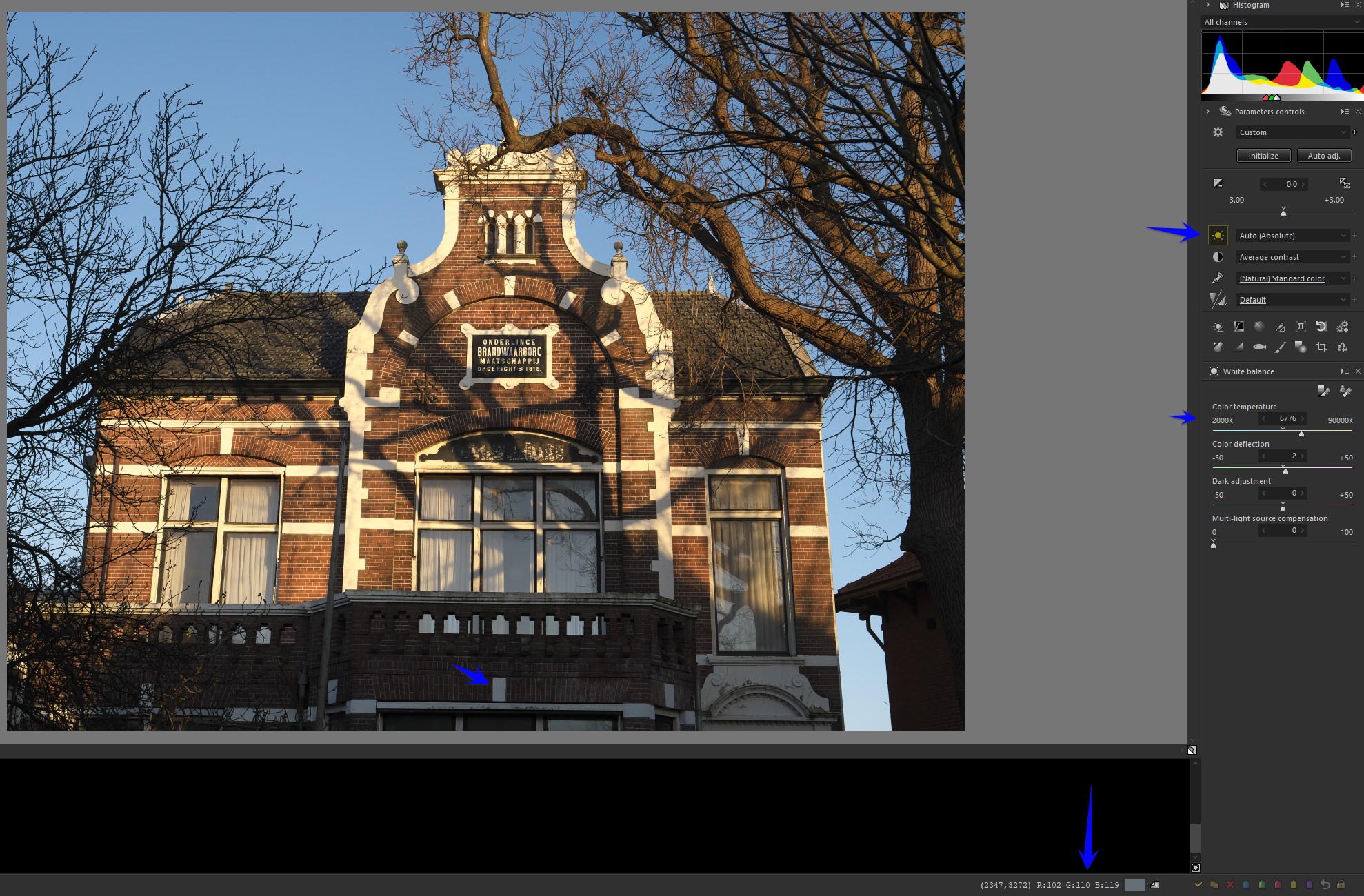

Use the full range of your sensor by revealing new details in underexposed or overexposed areas in your RAW files. DxO PhotoLab Features: DxO Smart Lighting Instantly locate the photos you’re searching for thanks to the dynamic interpretation search function, which suggests relevant results on the fly. The PhotoLibrary makes sorting and organizing images a cinch. Those tools are ideal for partially desaturating images.ĭxO PhotoLab rounds out the software’s existing filters and image processing tools with the new PhotoLibrary feature. The Saturation and Luminance Sliders now work independently of each other, making them perfect tools for converting color to black and white without the use of complex masks.


The Uniformity Slider helps you standardize color variations within a specific range. The DxO ColorWheel can fine-tune color values, select replacement colors, and it can even adjust transitions and tints for truly distinctive effects. You can use it to select color ranges from eight separate channels, including orange and purple. The new DxO ColorWheel is a fantastic new color adjustment tool. It can help you produce more creative and natural-looking images. It automatically corrects optical flaws, extends dynamic range, and seamlessly removes digital noise from images.ĭxO PhotoLab 4’s HSL (Hue, Saturation, and Luminance) Tool is an exciting and superbly visual way to manage color.
Dxo photolab 2 eleite rgb white balance for mac#
PhotoLab does not display 5200K/0° but a different temperature / tint couple calculated from the WB scales of the image.DxO PhotoLab (formerly DxO OpticsPro) is the award winning RAW conversion software for Mac and PC. PhotoLab first uses the EXIF data, usually deduced by the “Automatic White Balance” to which it applies a raw conversion coefficient to obtain the light temperature of the scene.įor each of the camera profiles, DxO have a white balance scale for standard presets (cloudy, tungsten, …).Į.g., an image taken with the “daylight” setting but under a non-sunny light. How are the shooting temperature and hue adjusted ? The temperature and hue displayed are only an indication to help with the adjustment. So, since 2016, the temperatures / tints in PhotoLab have been corrected for the displayed presets so that there are no discrepancies when processing images from different cameras. Each manufacturer does what he wants and does not share his information or at least not all that is necessary, it is impossible to reproduce the exact behavior of the camera. You can only get the temperature you have chosen in your camera with the software of the manufacturer of your camera because it knows the table of correspondence between the scales of Temperature / tint. If you have two cameras of different brands, you can set the same temperature value but they will not match. The EXIF information is therefore not accurate. – Different camera models not give exactly the same temperature / tint for a shot of the same scene with the same light. In the EXIF, only the standard temperature range (cloudy, tungsten, …) is indicated. – Even when imposed, a camera does not respect the precise temperature / hue.

In PhotoLab as in other photo software, the temperature displayed in the user interface doesn’t correspond to the camera setting. It is no longer a question to assign a color temperature but of correcting the dominant color (blue or yellow) from the image. Reminder for less experienced photographers: It is no longer possible to adjust the white balance of such an image, since it has already been set by the camera. When the photo is from an RGB file (JPEG or TIFF), the palette only shows a simplified “Color Temperature” slider. * To adjust an image with two illuminants (light sources) of different colors, the solution is to use the Local Adjustments. * The pre-calibrated settings are of little use. – Capture several areas and note the values to average them afterwards This should be useful especially for noisy pictures. The dropeye sampling circle size can be changed to smooth out the measurement of selected pixels.Īs far as possible, choose the largest radius to avoid an incorrect average value. The important thing is to choose it in the shade. The selection Picker Color is an excellent tool for capturing a white or gray area.


 0 kommentar(er)
0 kommentar(er)
